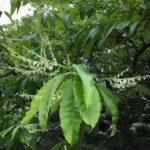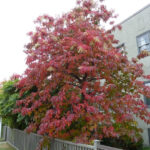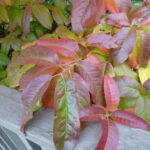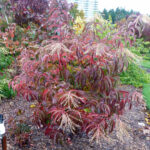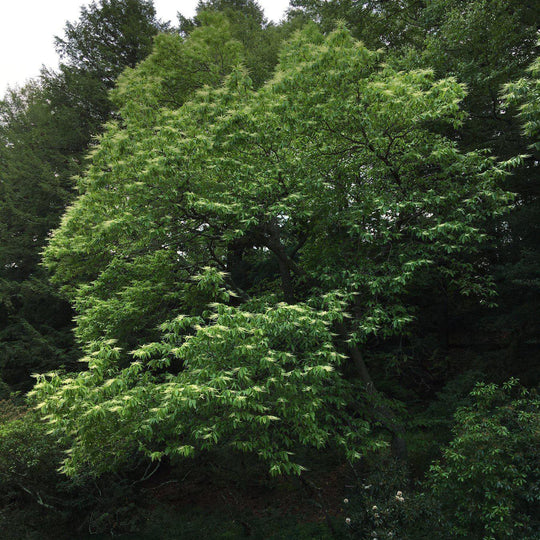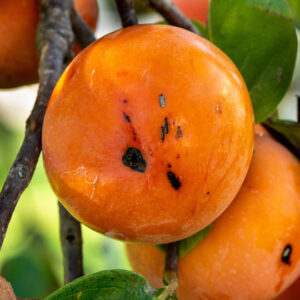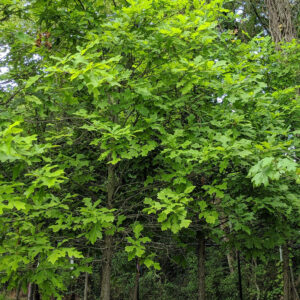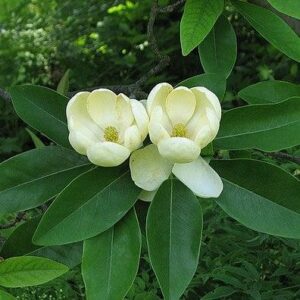WHAT IS BARE ROOT?
- A bare-root seedling is a young plant that is sold and
transported without soil or a container, only during the dormant season. These
seedlings are usually shipped without any soil or potting medium around them.
They are a common way to establish trees and shrubs. Here are some key
characteristics of bare-root seedlings: - No Soil or Container: As the name suggests, bare-root
seedlings are devoid of soil or any form of potting medium. The roots of the
plant are without soil and are typically wrapped in a plastic liner to prevent
them from drying out during transportation. - Dormant Season: Bare-root seedlings are typically available
and shipped during the plant’s dormant season, which is usually in late fall through
winter. This is when the plant is not actively growing, making it easier to
handle and transport. - Easy Handling: Because they lack soil and containers,
bare-root seedlings are lightweight and easy to handle. This also allows them
to be shipped using UPS and FedEx ground services.
HOW TO PLANT A BARE ROOT SEEDLING
- Acer rubrum, commonly known as the Red Maple, is a native tree species found in North America. It is highly valued for its vibrant red foliage in the fall, making it a popular choice for landscaping and adding seasonal interest to gardens.
- The Red Maple is a medium to large-sized deciduous tree that can reach heights of 40 to 70 feet, with a spread of 30 to 50 feet. It has a rounded to oval shape and develops a dense canopy of leaves. The leaves are typically green during the growing season, but they turn brilliant shades of red, orange, or yellow in the fall, creating a stunning display.
- This tree is adaptable to a variety of soil types, including clay, loam, and sandy soils. It can tolerate both wet and dry conditions, making it a versatile choice for different landscapes. The Red Maple prefers full sun to partial shade for optimal growth.
Sourwood, scientifically known as Oxydendrum arboreum, is a small to medium-sized deciduous tree native to the eastern United States. It is also commonly referred to as the Sorrel Tree. Here’s some information about the Sourwood tree:
- Appearance: Sourwood is known for its attractive foliage and unique form. It typically grows to a height of 25-50 feet (7.6-15 meters) and has a spread of 20-35 feet (6-10.7 meters). The tree has a narrow, pyramidal shape when young, but matures into a more rounded or irregular form. The leaves are elongated, glossy, and turn vibrant shades of red, orange, and purple in the fall.
- Growing Conditions: Sourwood thrives in full sun to partial shade. It prefers acidic, well-drained soil but can tolerate a range of soil types, including sandy or clay soils. It is relatively drought-tolerant once established but benefits from regular watering during dry periods, especially when young.
| Type: |
Tree
|
| Origins: |
Southeast N. America; GA Native
|
| Height: |
20′ – 30′
|
| Spread: |
10’ – 15′
|
| Spacing: |
12′
|
| USDA Hardiness Zone: |
5 – 9
|
| Culture: | Full Sun Part Sun |
| Bloom Color: |
White
|
| Season of Interest: | Spring Fall |
MAINTENANCE NEEDS: Low Maintenance. No serious pests and diseases. Twig blight and leaf spot may occur.
LANDSCAPE USES: Accents or Group Plantings, Borders, Wildlife Gardens, Shade Tree, Edible Garden, and Container.
COMPANION PLANTS: Azalea, Rhododendron, Autumn Fern,
IMAGES: Photo set by Plant Image Library, Oxydendrum arboreum (Sourwood) (1), (2)+ (3), (2) Photo by Mrs. Gemstone, Sourwood (Oxydendrum arboreum), (3) Photo set by Wendy Cutler, (1) 20121025_Alma4th_OxydendrumArboreum_Cutler_P1350221, (2) 20101025_UBCBG_OxydendrumArboreum_Cutler_P1050650, (3) 20121025_Alma4th_OxydendrumArboreum_Cutler_P1350225
*As plants have ranges in appearance they may not appear as the images shown.



